CTIA Fall 2010
Oct 5, 2010, 9:42 PM by Eric M. Zeman & Philip Berne
updated Oct 7, 2010, 5:36 PM
Phone Scoop is on site in San Francisco to take in all the breaking news and hands-on experiences of the fall CTIA trade show. Be sure to check for full coverage and handset first impressions here.
Part 1
Moto Droid Pro
The Droid Pro is the premiere Android device being shown off by Motorola at CTIA this year. It resembles the older Q-style devices in that it offers both a touch screen and a full QWERTY keyboard in a portrait-style orientation.
Motorola made no bones about the fact that it is targeting business users more than consumers with this device. In addition to the BlackBerry-like form factor, it also has a lot of IT-friendly software on board.
The display is a bit tight at 3.1-inches, but it looks good. The keyboard feels excellent. The keys have a nice shape to the, and them have excellent travel and feedback.
The controls on the outer rim of the device all work well, including the volume toggle and camera key. I am glad to see a 3.5mm headset jack on the Droid Pro.
The Pro is a world phone, meaning it can be used on Verizon's 3G network in the states, as well as the networks of Verizon's roaming partners over in Europe and other regions.
The overall feel of it is a bit large. It is not a svelte device. Not only is it a bit on the thick side, but it is long/tall, as well. Some might find it awkward for pants pockets, but hey, this is destined for a sports coat pocket, right?
It ships with Android 2.2, and the units Motorola had on hand all worked well, with no visible problems or hiccups. The interfaces look clean, and were befitted with the latest version of Motoblur.
Moto Citrus
The Citrus is a very low-end Android device from Motorola that is headed to the Verizon Wireless network in a few weeks.
It very much resembles the Palm Pre (when closed). It could easily be mistaken for a bar of soap. It has smooth, rounded edges and larger, easy to use controls.
The screen is a bit disappoint in that it has low resolution. However, it has not only the four standard Android control keys, but two physical send/end keys as well to make phone calls easier to deal with.
The controls placed on the sides include the volume toggle and dedicated camera key on the right, and a microUSB port left. They are all nicely defined and have good travel and feedback.
The Citrus runs Android 2.1 Eclair with Motoblur. Basically, just imagine the Droid X with half the screen size and you get the Citrus. The user interface felt zippy, with no lags, and all the normal Android features were on board.
I am sure this will be a hot seller come the holidays.
Moto Bravo
The Motorola Bravo is a slim, fairly light Android device. The form will be instantly familiar to customers who might be interested in stepping up from one of the many Samsung touchscreen feature phones on the market. The phone gets the full Motorola Motoblur treatment, with Motorola's most recent, resizable widgets and all of the social networking features built in. The phone can also be wiped remotely, or you can track a lost phone using GPS.
In my hands-on time with the Motorola Bravo, I found the device to be responsive and very attractive. It has a somewhat simple look, but it's nicely rounded and feels good in the hand. It's slim with a soft touch finish around back, and it would be easy to slip into a well-fit pair of pants.
The screen looked very good, even under the terrible lighting conditions at Motorola's press conference here at CTIA 2010. The display is packed with pixels. At 854 by 480 resolution it packs the same pixels as a Motorola Droid, into a 3.7-inch touchscreen. I had no trouble flipping through the menu panels or resizing Motoblur widgets.
The phone is still decidedly mid-range. It packs a 3-megapixel camera, and only comes with Adobe Flash Lite support, since the phone uses Android 2.1 instead of Android 2.2. Motorola says the Bravo will be available on AT&T in Q4 2010.
Moto Flipside
To get a feel for the Motorola Flipside, imagine someone took a hammer to the Motorola Backflip, then picked up all the pieces and put them back in a different order. The phone has a very large, generous QWERTY keyboard that slides out from underneath (nothing actually flips on this phone), just like the Backflip had a massive keyboard. The phone gets the Backflip's touchpad, but now it's up front, where it might have a better a shot at being used. That trackpad also doubles as a button, so you can click down on it for a selecting action.
The phone doesn't flip backwards, leaving the keyboard exposed. Instead it's a plain old slider. Motorola keeps things fairly compact, with a 3.1-inch touchscreen. With only 480 x 320 pixels, the display isn't the most detailed or rich you'll find, but in my hands on time with the device, I hardly noticed the low pixel count. The Motorola Motoblur interface still looked colorful and detailed on the Motorola Flipside's screen, even under the harsh red light's at Motorola's CTIA event.
Like the rest of Motorola's new Android devices, the Flipside aims for a lower-end market than the mightier Droid phones. The phone uses a 3 megapixel camera, and it runs the older, Android 2.1 operating system. That means no Flash support until this phone gets an upgrade to Froyo.
The Motorola Flipside felt solid in the hand. It doesn't feel as dense or impervious as the metallic Droid phones, but it doesn't feel cheap like a feature phone. It's a little thick for tossing into a slim pocket, but it's not a large phone at all. I didn't get a chance to test the phone's CrystalTalk features, but I've used CrystalTalk on other Motorola phones, and it's always resulted in great call quality.
Moto Flipout
It would be easy to dismiss the Motorola Flipout looking at the pictures. The device is small and squat, somewhat silly looking, though it's appealingly cute in its tiny square package. In person, though, the Motorola Flipout is surprisingly cool. The phone has a great, solid feel. The hinge slides open with a nice clacking feel to it. The phone feels solid and dense, high quality for a design that might fit a more budget conscious or whimsical crowd.
The keyboard on the Motorola Flipout feels great. The keys are raised high like a range of hills with a grippy texture on each letter. Keys felt springy and easy for typing, at least in my brief hands-on look.
The phone is also surprisingly responsive. There was no lag on the screen as a flipped through the Motoblur interface over Android 2.1. The screen uses a very low resolution, only QVGA, so it's pushing only 320 x 240 pixels. At that size, I know from my experience with the Motroola Charm that some Android apps might look funny, and some might not work at all.
Still, in person, the Motorola Flipout looked much better than the Motorola Charm I reviewed. The screen was crisp and clean, and I might have been fooled into thinking it was twice the resolution. The Motoblur interface was bright and colorful, and I saw almost no jagged edges on fonts or blurry pictures like I saw on the Charm.
The phone packs a 3 megapixel camera. It will come in two colors when it's released on AT&T in Q4 2010.
Part 2
Sprint ID
Sprint ID is a new interface concept for Sprint's mid-level Android phones. You can check out our hands-on tour in the video below.
Samsung Transform
The Samsung Transform is the most plain of the new Android bunch, but it's also the most powerful, with the faster, 800 MHz processor. This didn't exactly translate into speedy performance, in my hands on time. I saw some significant lag on the pre-release version I got to handle. The Sprint ID interface added some interesting features, and the branded ID Packs have a lot of potential, but the interface changes slowly. Plus, I encountered some stalling and long lag times on the interface, as you can see in the hands-on video I attached to the Sprint ID tab.
The Samsung Transform is still a nice piece of hardware. The keyboard is large and accommodating, with big keys and a lot of space. The phone also features a front-facing camera. Unlike the more powerful Samsung Epic 4G, the Transform won't use Sprint's WiMAX network, so even Sprint reps seemed skeptical about using this phone for video conferencing, at least over the data network instead of Wi-Fi. But the camera is there, and for self-portraits at least, it should prove useful.
Sanyo Zio
We already reviewed the Sanyo Zio on Cricket (where it goes by its Kyocera branding), but the Sprint version has been improved with Android 2.1 over the older Android 1.6 interface. The Sprint version also gets Sprint ID, obviously.
Otherwise, there are no significant changes to the Zio. It still uses a 3.5-inch display and a 3.2 megapixel camera around back. A trackball controls the action on screen if you want fine-tuned editing.
LG Optimus S
The LG Optimus S was the first Android phone that Sprint launched that caught my eye. The phone is a slim and small touchscreen device. It feels very fit and polished in the hand, more like a small HTC Android phone than anything I've used from LG. Sprint was showing off the striking purple model of this phone, which won't launch for a few weeks after the initial black model.
The Optimus S stands out from the new Android pack because it's the only new phone running Froyo. The other two phones are running Android 2.1, Eclair. The phone was very responsive in the few moments I had to get my hands on it. The interface seemed fast enough, and the screen was nice and responsive.
Ravine
The Casio Ravine made an appearance at the CTIA trade show and follows closely in the footsteps of Casio's previous G'zOne flip phones.
You want tough? This phone is tough. As with many of the G'zOne phones, it meets mil-spec toughness ratings, and can survive a lot of abuse. It is really solid, felt good to hold in the hand with its rubberized surfaces, and exudes strength.
Because the Ravine supports PTT features, it has a flotilla of buttons and hatches on the side, including a dedicated walkie-talkie key, headset jack hatch, volume toggle, application key, charge port hatch and so on. With the exception of the application key, all the controls felts good and had good travel and feedback.
The Ravine ditches the spring-assisted flip trick that its predecessor, the Rock, sported. Instead, the clamshell operates like any other, and the hinge feels solid as, er, a rock.
They keypad is generously spaced and the keys had excellent travel and feedback. I really liked the way the keypad worked. The keys had an excellent feel to them, with rubber coatings to make them sticky. The controls were all good, and there were dedicated keys for the camera, media player and light (which doubles as a flash).
If you're the outdoor type who needs a phone that can handle the elements, you can't go wrong with the Ravine.
Part 3
Pantech Laser
Pantech's only new handset this week at CTIA is the Laser. The Laser is an extremely thin slider, with both touch screen and full QWERTY keyboard.
This is one of the finer handsets I've seen from Pantech. The materials are all solid, the design is attractive, and what's not to like about a svelte figure? According to Pantech, it is the thinnest slider device in AT&T's lineup, and I am inclined to believe their claim.
At the request of Pantech, we removed most of our original hands-on shots. Pantech supplied the above press images.
The Laser has a 400x800 AMOLED display that looks fantastic. Icons, graphics, and text pop off the screen in vibrant, rich colors. Though it is a resistive display, it was one of the most responsive I've come across.
It is preloaded with a raft of social networking and messaging applications, such as Facebook and Twitter.
The slider mechanism works well, with solid and smooth action. It snapped smartly into place once pressed up about half way.
The full QWERTY keyboard underneath is flat. The buttons have almost no shape to them, making the Laser somewhat difficult to type on. Despite their lack of shape, the keys had good travel and feedback.
All the other controls — volume toggle, power button, camera key — were easy to find and use.
The Laser goes on sale at the $99 price point, and will surely be an attractive buy to the message-happy crowd.
Motorola Defy
If I asked what comes to mind when I say that Motorola built a water resistant, rugged, touchscreen Android phone, whatever you imagine will be bigger and less classy than the Motorola Defy. It's the coolest looking rugged phone I've ever used, and it definitely defies expectations.
Unlike the Motorola i1 for Sprint / Nextel's iDEN network, the Motorola Defy is much more slim and a bit smaller, and it also features fast HSDPA networking. It packs a very high res display. At 854 x 480 pixels, it's comparable to Motorola's Droid phones on Verizon Wireless.
The phone seemed responsive and quick in the brief hands-on time I had. I was expecting more lag and delay with the durable, water resistant screen, but that wasn't the case. It wasn't the snappiest Android phone I've used, but I didn't have any trouble getting around.
Best of all, though, is the look of the device. It isn't an Army surplus reject or a trailhead gadget. It's more like a submersible car from a Roger Moore James Bond movie. Mostly sleek and lightly curved, but with some exposed bolts and protruding caps.
I asked Motorola if I could dunk it in a bucket of water, but they refused. Their booth at CTIA is carpeted, after all. I'll just have to wait for the full review to get this phone soaked.
LG Neon II
LG has refreshed the Neon, and AT&T plans to stock the LG Neon II soon. This second take on the Neon makes changes to the main controls of the device, but the only new real feature is 3G.
The front controls have been heavily revised, and mostly for the better. There are capacitive controls at the bottom of the screen for soft keys, but the send/end keys have a better feel to them with improved action.
The one change I really don't like is the D-pad. It has been replaced with a nub, similar to what you'd see on a Lenovo/IBM laptop. I really can't stand nubs for on-screen navigation. You're better off using the screen.
The Neon II has a capacitive touch screen, but is only used for dialing phone numbers. You can't access any other systems or menus by touching the screen. It was very responsive to being touched.
The slider mechanism felt okay, though not perfectly solid. The QWERTY keyboard was roomy, despite the small size of the phone itself. The buttons were well defined and had good travel and feedback, though, again, the round shape kind of bugged me a bit.
One nice touch is that LG brought a set of 4-way directional keys to the QWERTY keyboard for navigating the menu system. Basically, it doubles as a D-pad on the keyboard itself, so you don't have to reach up with your thumb to the nav controls on the front of the phone.
The menu system itself was a basic AT&T feature phone menu with no surprises.
The Neon II will be a solid messaging phone for those who don't need a killer device.
HTC myTouch
HTC had the brand new myTouch on hand, though it wasn't operable. It was just a hardware dummy unit. Still, we were able to glean an impression of the hardware, which I have to say felt excellent.
The original myTouch felt plastic-y and toy like. This redesign feels high class all the way. The materials have been upgraded to glass, better plastics and even some metal.
It isn't too heavy, is thin, and has a great feel in the hand. The rounded edges make it very comfortable to hold and interact with.
The nav cluster is a bit squished at the bottom of the device, but the buttons had excellent travel and feedback.
The hatches, ports, and buttons sprinkled around the outer edge of the phone were all easily accessed and felt good to use.
If the new myTouch performs as good as it looks, it will be a solid seller for T-mobile and HTC.
LG Optimus T
The LG Optimus T on T-Mobile is similar to the LG Optimus S on Sprint that we saw early in the day, but it's not exactly the same. The interface design keeps the same basic Android tricks, but it does offer a slight graphical change, especially on the permanent homescreen shortcuts and the application drawer menu. It isn't much, but it's just enough to tell you this isn't your basic, stock Android OS, if there is such a thing.
The LG Optimus T on T-Mobile will feature Wi-Fi hotspot capabilities, which is a very cool feature, but perhaps a bit advanced for this device's target audience. T-Mobile is clearly aiming for smartphone newcomers with this phone. It doesn't feel cheap or low-end, it's got a solid build and a great finish on the paint job. But T-Mobile reps say there will be plenty of tutorial apps and help options available on the device.
To that end, the phone does look like a stately feature phone more than a business smartphone. It's compact and sleek, without the sharp edges or glossy finish of some of today's superphones. In the titanium finish its a bit bland, but in burgundy its a very classy, fun looking device. Still, I think Sprint got the best color scheme with its upcoming purple Optimus S phone.
T-Mobile won't talk pricing on this phone, but they do say it will be priced aggressively low. The similar Optimus S on Sprint will run for $50 when it's launched on October 31. T-Mobile reps similarly won't say when the phone is shipping, except that it will come over the holiday. That holiday won't be Halloween, so Sprint will get its Optimus phone out first, but expect the LG Optimus T some time between turkey and New Year's Eve.
Part 4
Cricket
Cricket took time to show off its newest phones, including the Android-powered Huawei Ascend. Cricket reps reminded me that a year ago, the Samsung Messager debuted for $150, and it was the hottest device on Cricket's lineup. Today, they're showing an Android smartphone at the same price, still with no contract requirements.
The Huawei Ascend felt big and chunky in my hands on look, but Huawei and Cricket did not compromise where it counts. The phone has an HVGA screen, which is low but not an intolerably blocky resolution. The Android interface, with some light changes to the main menu shortcuts by Huawei, still looked good and ran smoothly on the Ascend. The phone uses a capacitive touchscreen, as well, a feature that many cheaper phones skimp out on. This made the phone much more touch friendly, especially for an inexpensive device.
I like that Huawei stuck with real, hardware buttons beneath the screen. They feel a bit cheap, with too much travel for quick taps, but cheap physical buttons are much better than cheap touch buttons.
The phone uses EV-DO Rev. A networking, a feature that is more and more important as Cricket keeps snatching up roaming agreements with EV-DO carriers. Carrier reps wouldn't get specific, but they do claim nationwide 3G coverage with 30-40 roaming partners helping out.
In addition to the Huawei Ascend, Cricket reps gave me some hands on time with a few other new Cricket devices. The Cricket TXTM8 II is a messaging device like the MSGM8 II. It's a little more sleek, perhaps even business-like. It also works on 3G networks, instead of the 1xRTT capabilities of the MSGM8.
The Kyocera Zio is the company's first touchscreen feature phone. It will run Cricket's own feature phone interface, but will be stuck on the carrier's 1x network. The package is pretty nice looking, a fair competitor to the more staid Samsung touch phones on the market.
Finally, the Huawei M750 is another touchscreen feature phone. It will also use a Cricket-branded feature phone interface, and it will surf on the slower, 1xRTT network.
Comments
is it just me....
Is it to not steal the thunder from the iphone or is there a deal with Verizon to keep the uber nice Driods away?
Will
Now that ...
(continues)












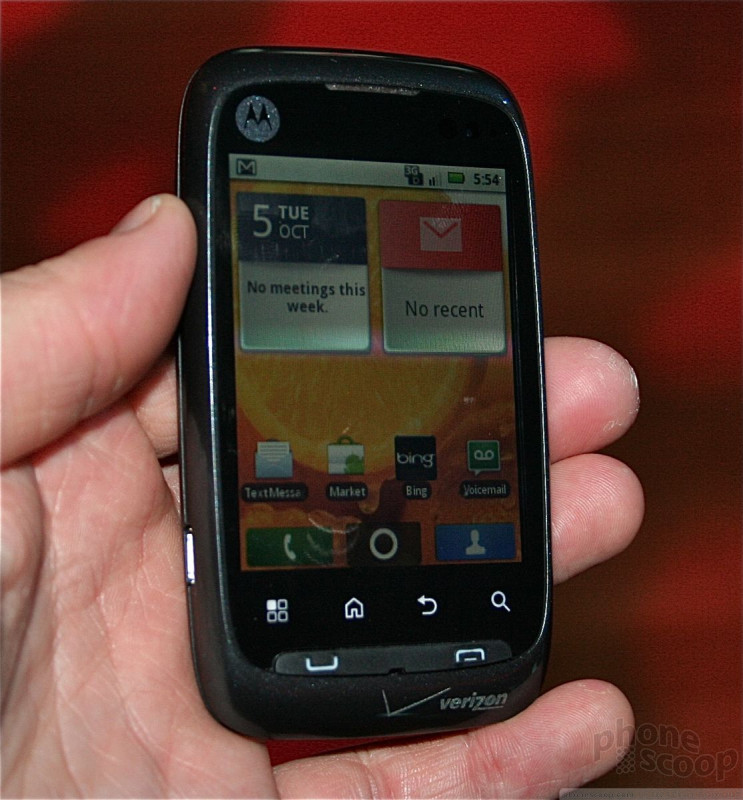






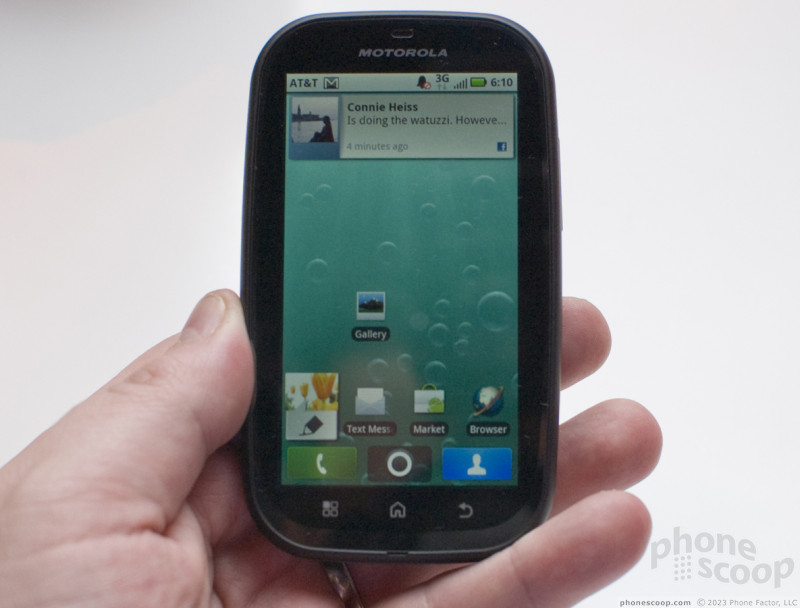





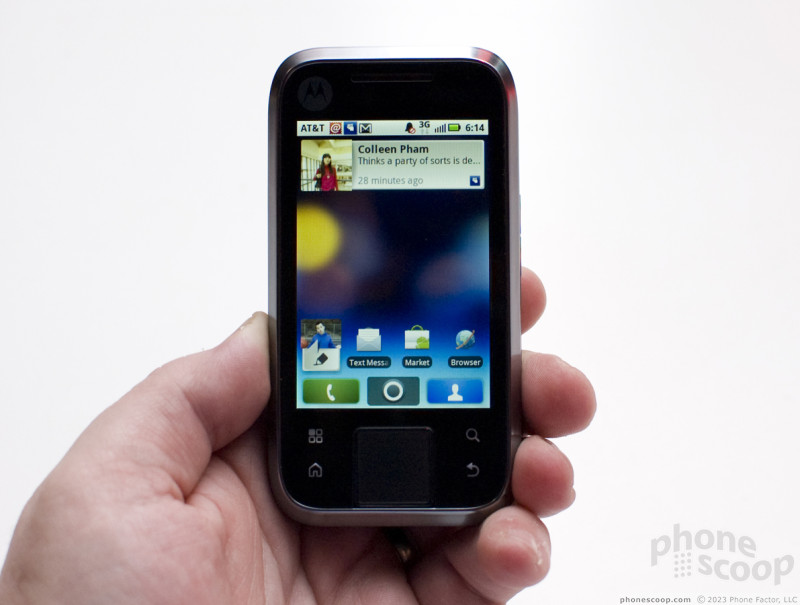





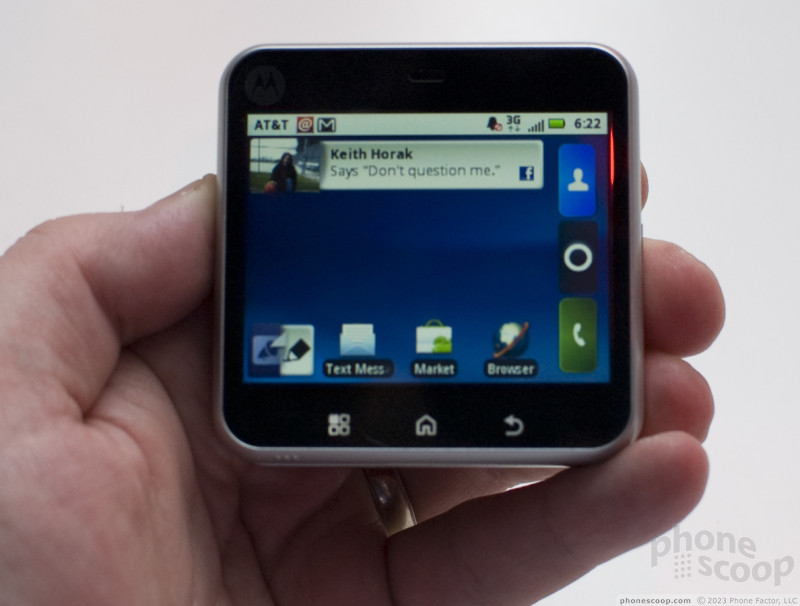



















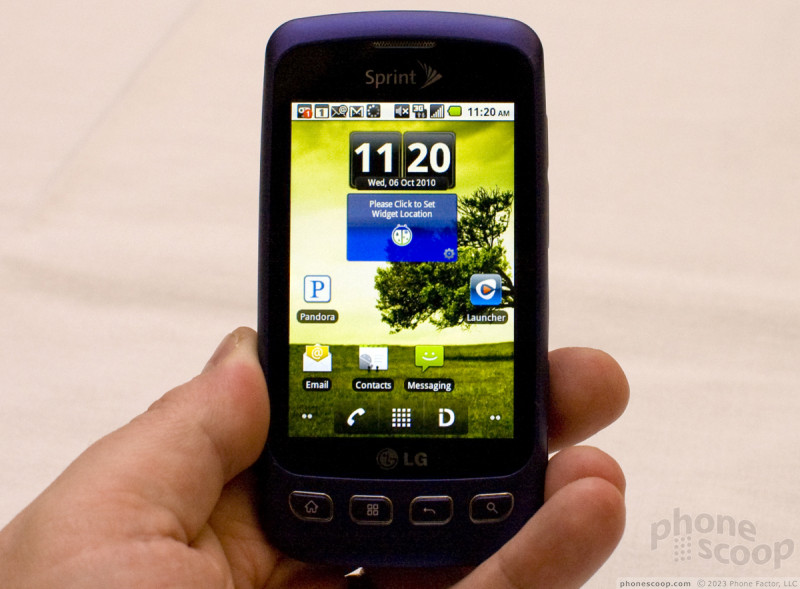






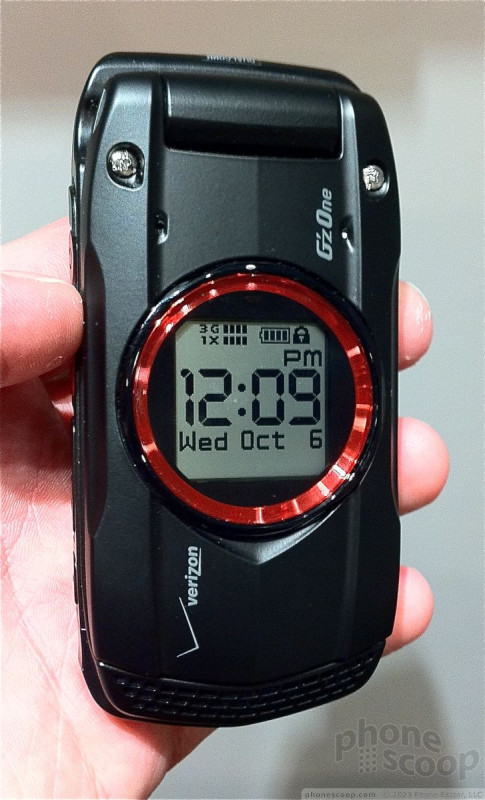






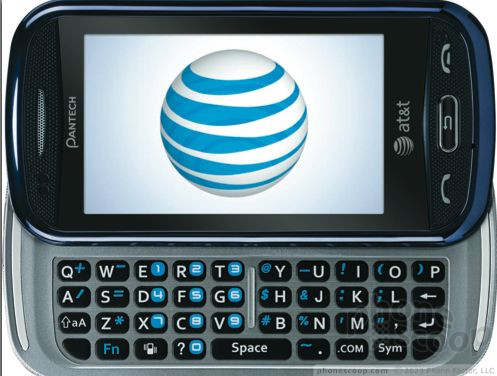














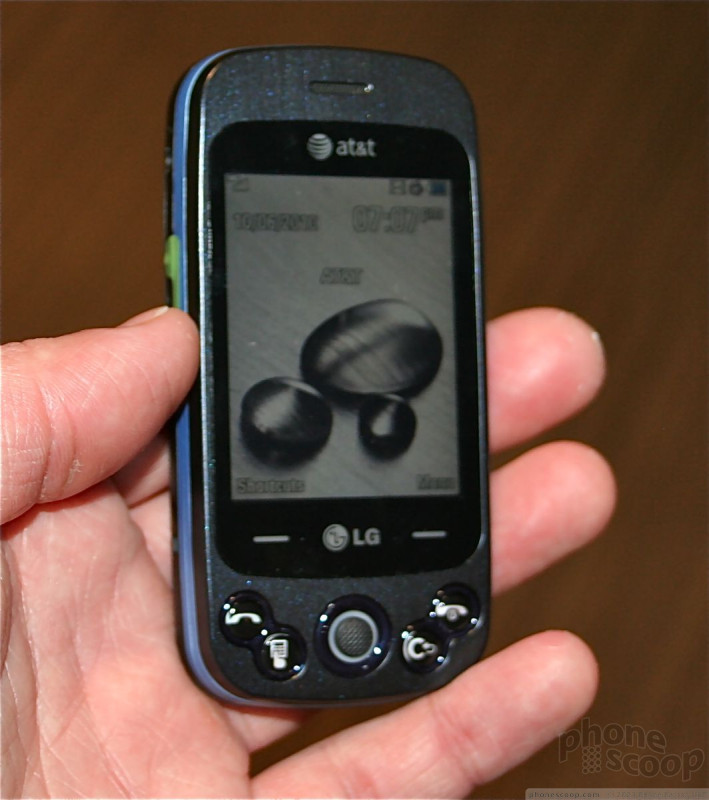






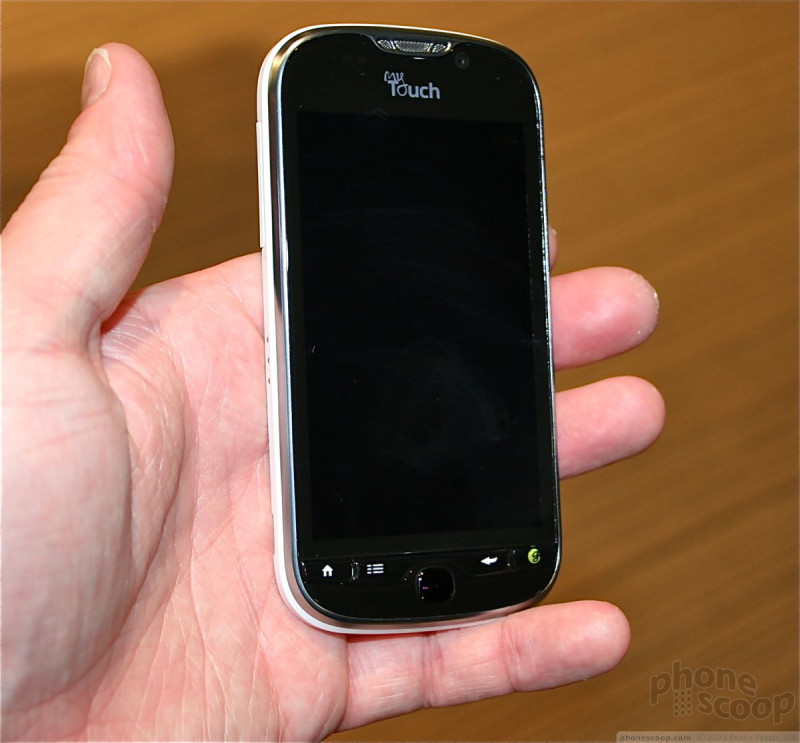





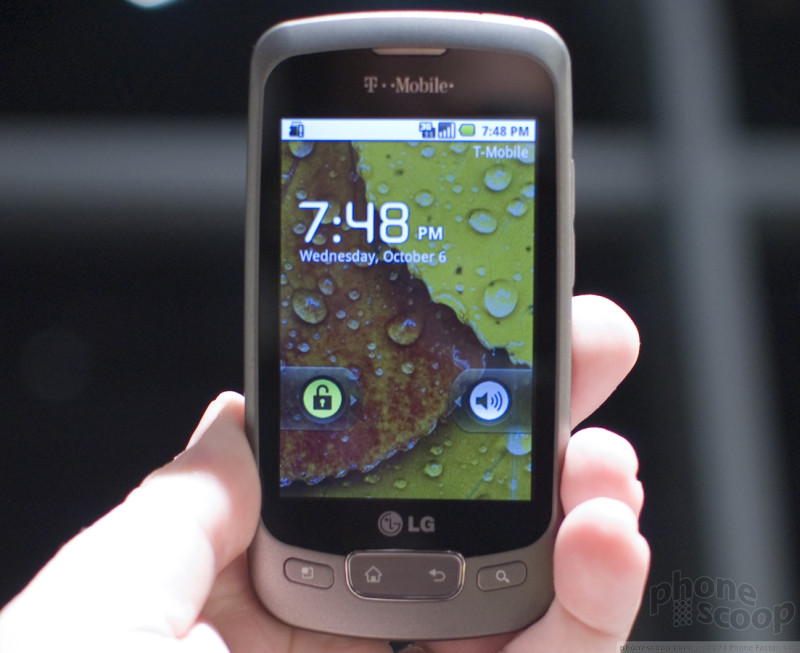










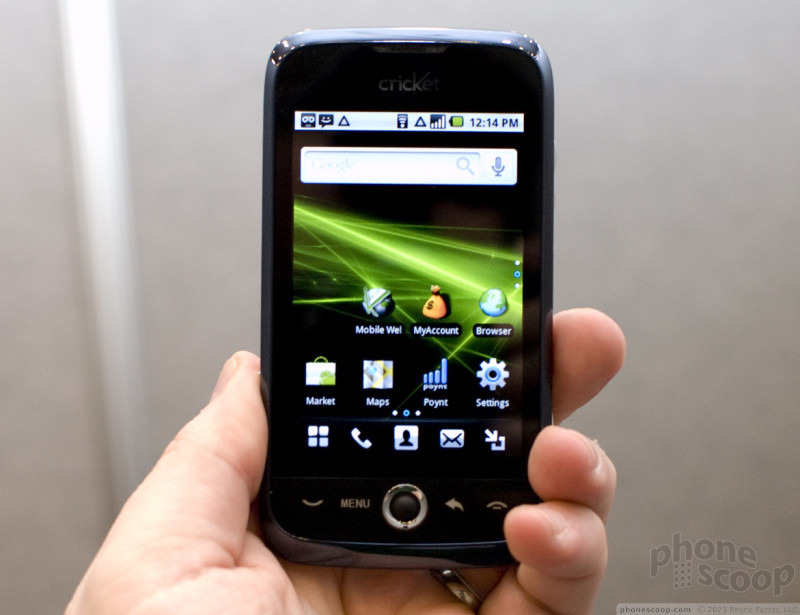





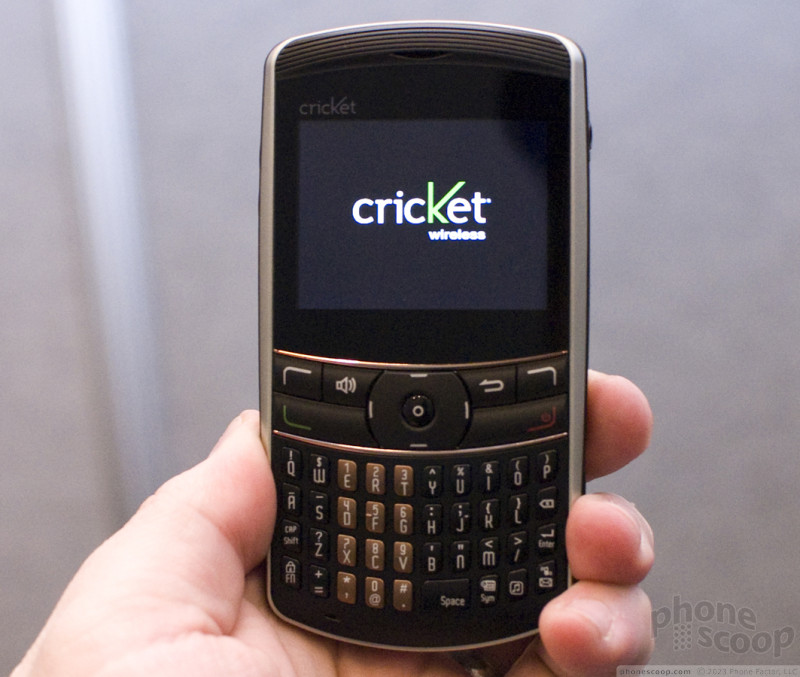










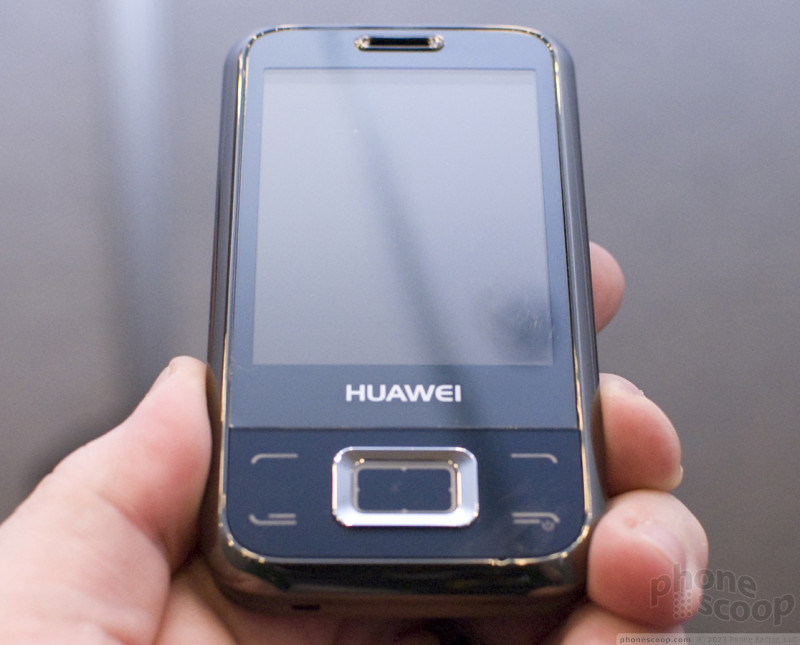




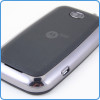 Review: Motorola Bravo
Review: Motorola Bravo
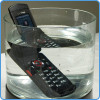 Review: Casio G'zOne Ravine
Review: Casio G'zOne Ravine
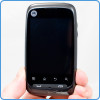 Review: Motorola Citrus
Review: Motorola Citrus
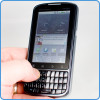 Review: Motorola Droid Pro
Review: Motorola Droid Pro
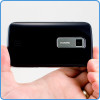 Review: Huawei Ascend
Review: Huawei Ascend
 LG Neon II
LG Neon II
 Sanyo Zio by Kyocera
Sanyo Zio by Kyocera
 Pantech Laser
Pantech Laser

